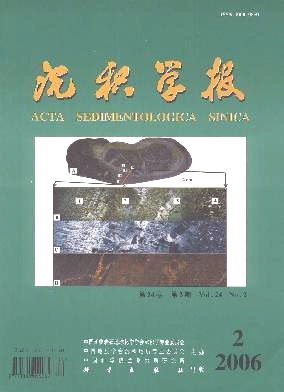Tectonic Significance and Sedimentary Characteristics of Turbidity Successions Within the Cambrian Huqiao Formation at Wangcun Section in the West Hunan, South China
- Received Date: 1900-01-01
- Rev Recd Date: 1900-01-01
- Publish Date: 2006-04-10
-
Key words:
- Middle Cambrian /
- turbidity sediment /
- Jiangnan Slope Belt /
- Wangcun section /
- fault developed along carbonate platform
Abstract: Cambrian System at Wangcun section, west Hunan Province, represents typical sedimentary successions on the Jiangnan Slop Belt. Traditionally, the Lower Cambrian Series at the Wangcun section is divided into Balang Formation, Qingxudong Formation; the Middle Cambrian is divided into Aoxi Formation as well as the lower member of Huqiao Formation, and the Upper Cambrian Series is divided into the upper member of Huqiao Formation and Zhuitun Formation. Formingstage of turbidity sediments within the Huqiao Formation can be attributed to seven longterm periods. The first turbidity succession in the Huqiao Formation includes 69 cycles that are attributed to 11 parasequences. The second turbidity succession in the Huaqiao Formation includes 37 cycles that are attributed to 7 parasequences. Lower part of each parasequence consists of initiated turbidity sediments, and the upper part of each parasequences consists of distal turbidity sediments. A gradual rise in sea level can be deduced based on the marine sediments within each parasequence. The first turbidity succession formed during the sealevel rising period consists of transgression system. However, the second turbidity succession deposited on the relatively steeper slope during the low sealevel period forms the low water system. The LowerMiddle Cambrian turbidity succession frequently deposited on the Jiangnan Slope Belt suggesting that periodic activities existed during the formation of deepfault along the margin of carbonate Platform.
| Citation: | ZUO Jingxun. Tectonic Significance and Sedimentary Characteristics of Turbidity Successions Within the Cambrian Huqiao Formation at Wangcun Section in the West Hunan, South China[J]. Acta Sedimentologica Sinica, 2006, 24(2): 175-184. |






 DownLoad:
DownLoad: